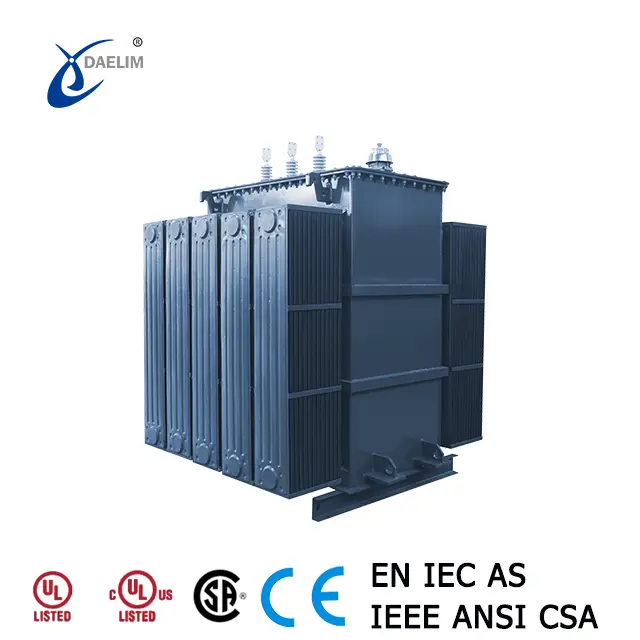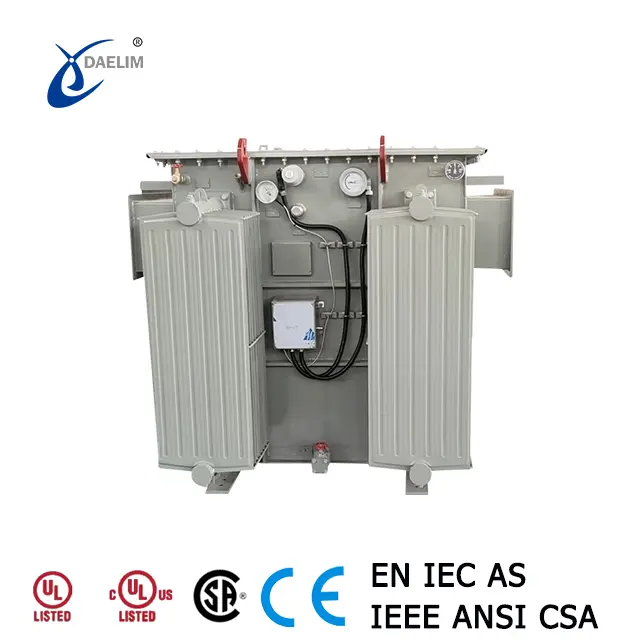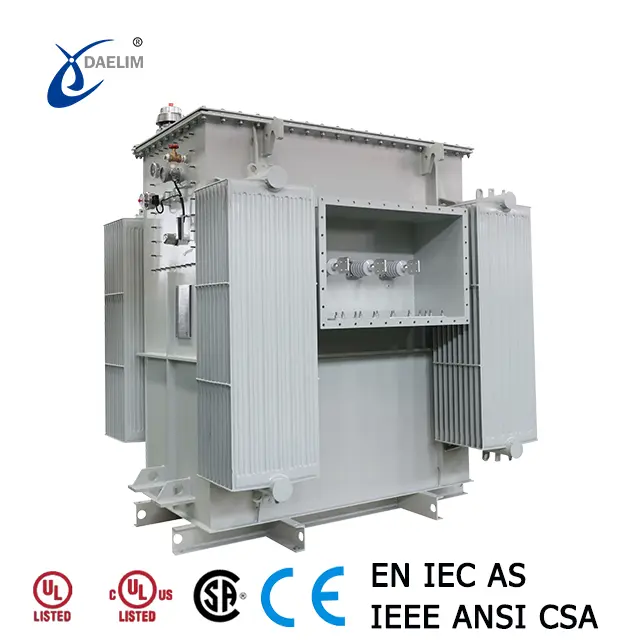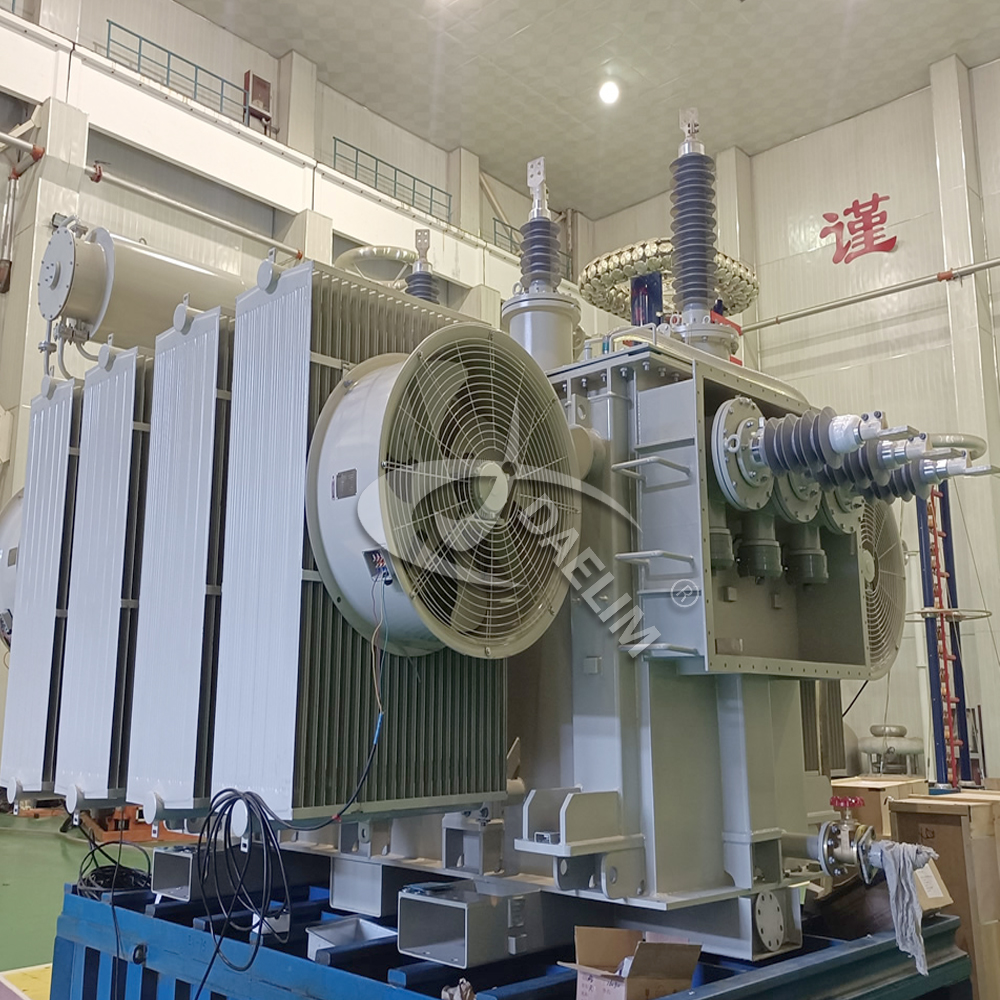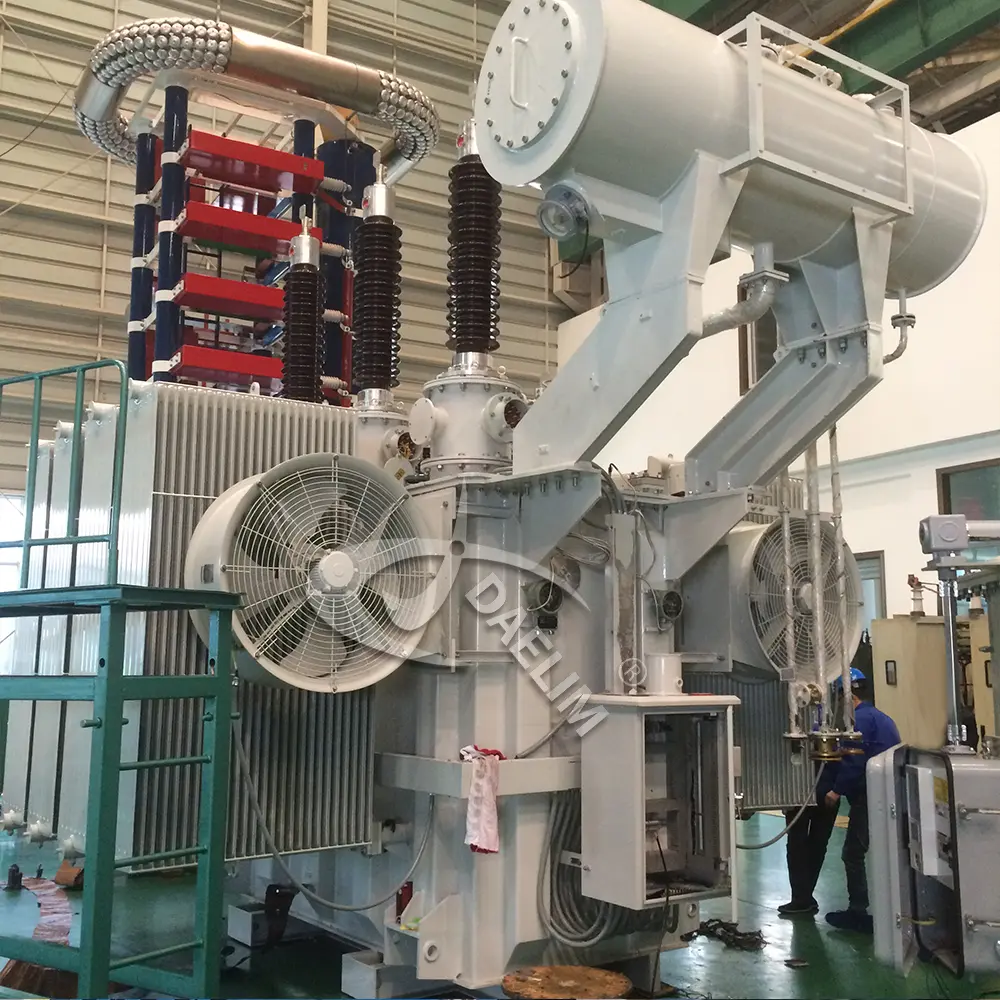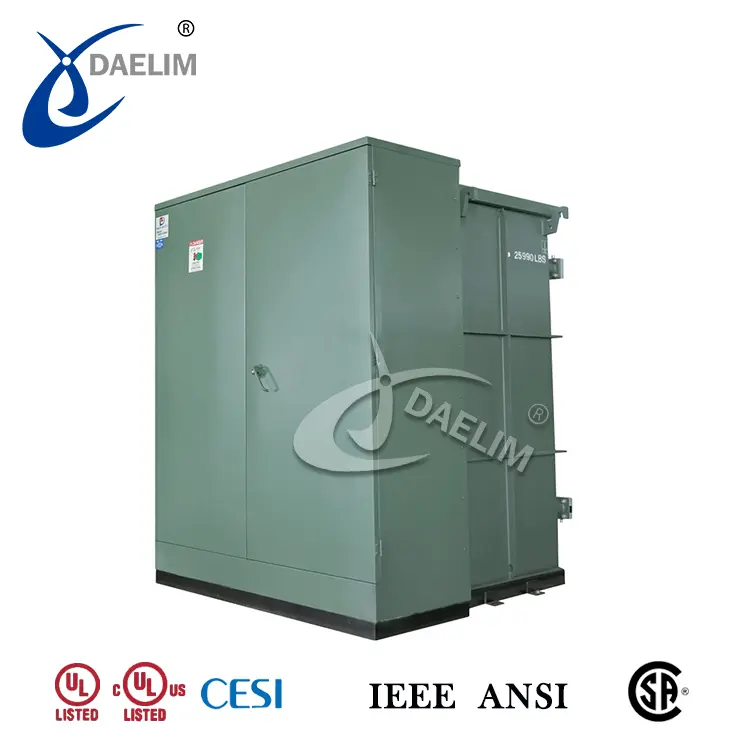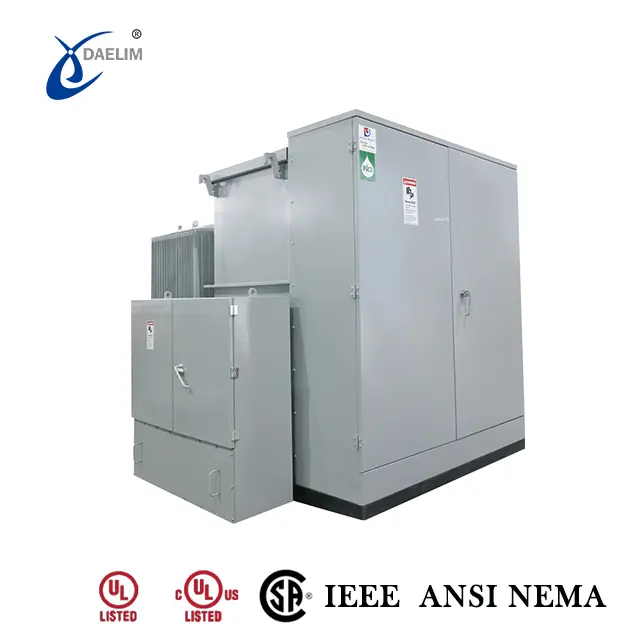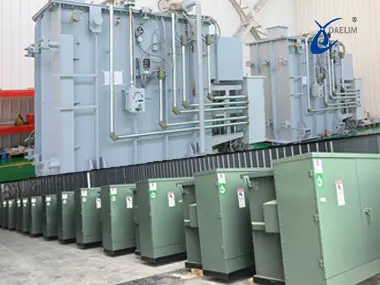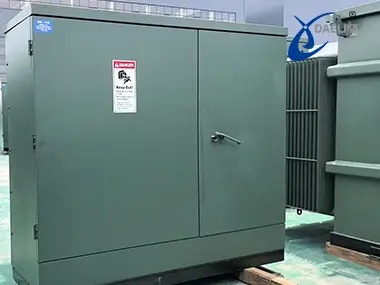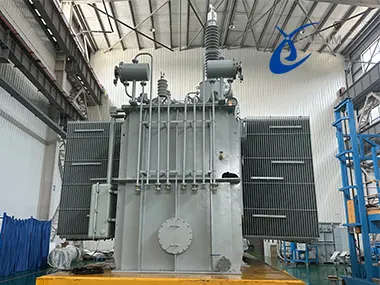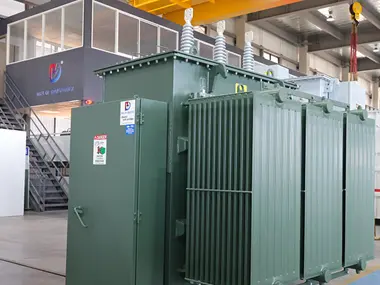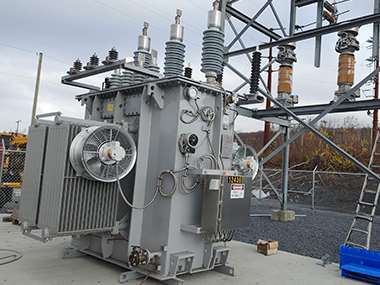Future Trends in Transformer Technologies and Sustainable Solutions
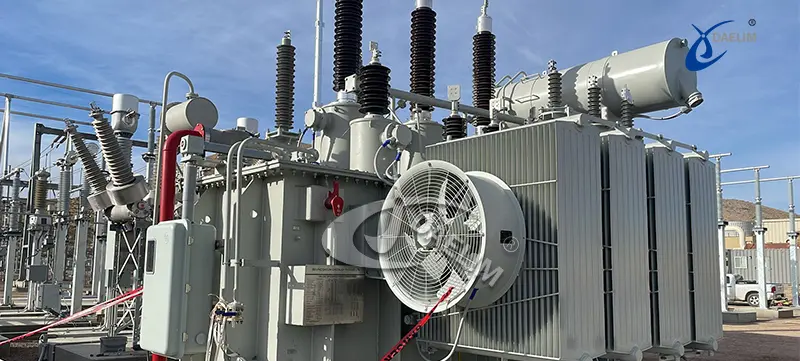
The global energy sector is witnessing a shift toward sustainability, digitalization, and decentralized generation. As the backbone of the power system, transformers are evolving rapidly to meet the demands of today’s energy challenges. Transformers are no longer just basic voltage regulation devices; they are smart, efficient, and play a big part in the evolving energy sector.
Contact Daelim TransformerSmart & Solid-State Transformers (SST)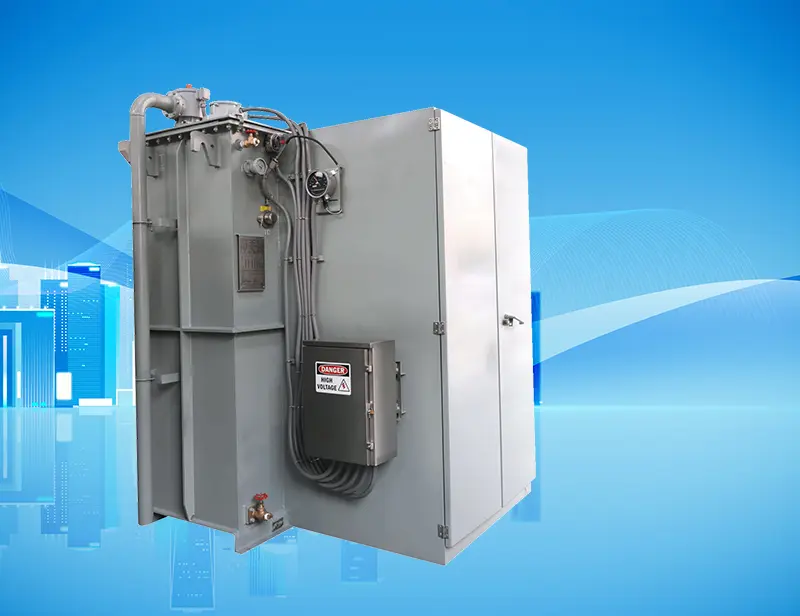
As the world approaches more decentralized and smarter power systems, the need for more efficient and smart transformers becomes indispensable in the energy sector. This is an era of smart and solid-state transformers that not just regulate but also take a huge part in the advancement of digital real-time diagnostics and better performance.
Smart transformer consists of sensors, communication modules, and control systems that ensure continuous monitoring of volts, currents, temperature, and load conditions. The real-time data enables engineers and electric companies to conduct advanced maintenance, balance load, and identify and respond quickly to faults. This is not just improving system reliability but drastically reducing downtime, making the system smarter.
On the other hand, solid-state transformers are completely different tech. SST replaces magnetic cores with power electronic components that give higher operation efficiency, a much smaller size, and great flexibility. These transformers are found in many applications of renewable energy sources like electric vehicle charging stations and microgrids making them highly environmentally friendly.
Energy Efficiency & Loss Reduction Strategies
In this energy-conscious era, transformer efficiency improvement has become a requirement not just for technology but also for the environment and the economy. Transformers operate continuously; even marginal inefficiency can contribute to significant energy losses and an increased carbon footprint over time.
In addressing these considerations, modern transformer design emphasizes core and winding loss minimization. One of the great advances is amorphous metal cores, which significantly decrease no-load losses compared to those due to conventional silicon steel cores. They possess lesser hysteresis and eddy current losses, making them extremely suited for distribution transformers kept on all day, every day.
Advanced winding techniques help minimize load losses and hot-spot temperatures with such features as interleaving and improved insulation. Another important aspect of cooling systems that also aids in thermal stability consists of forced air and oil circulation.
Many modern transformers are now being designed to meet efficiency standards, which pushes toward cleaner and smarter engineering practices.
Learn more about Energy Efficient Transformers
Integration with Renewable Energy & Storage Systems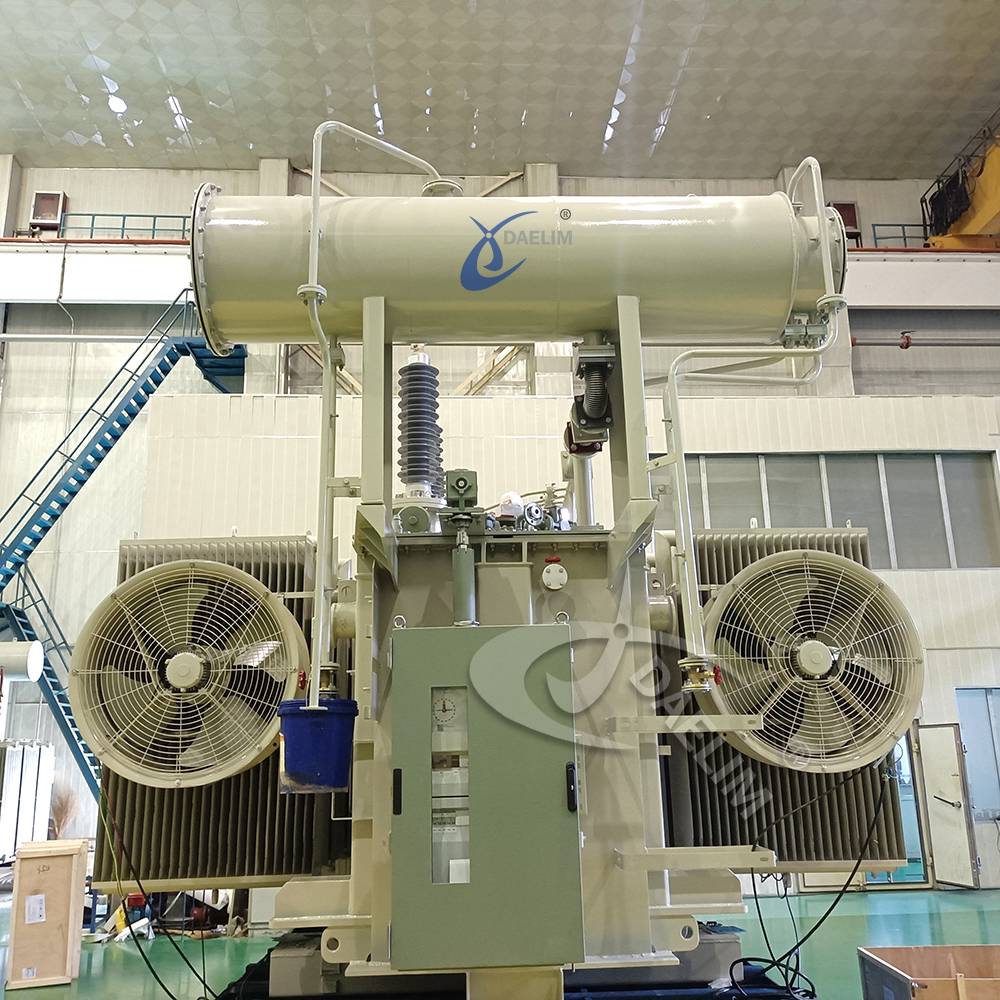
The evolution of renewables will require the use of transformers that are capable of managing variability and supporting distributed energy resources. Solar farms, wind turbines, and battery energy storage systems all require efficient and reliable transformers to manage fluctuating power levels and ensure stable grid integration.
Usually, a step-up transformer is used to increase the voltage from the solar or wind systems to the grid so that power can be properly delivered into the network. On the other hand, Step-down transformers are applied at the end of lines to ensure the safe and effective supply of power to consumers. This kind of transformer technology innovation experiences fluctuating energy inputs and changes with variable loads, such that load balancing and voltage regulation are key features.
Current renewable energy power grids also accommodate modular transformer systems, for their benefits of flexibility, and rapid and scalable deployment for remote or rapidly developing applications. Today's innovations enable to connection of green energy transformers to the traditional grid, thus leading to cleaner, more sustainable transformer solutions.
Digitalization & AI-Driven Maintenance
Smart diagnostics and AI maintenance hold the future of transformer operation. Smart sensors, real-time data analysis, and AI-based algorithms allow transformers now to self-monitor, diagnose, and even predict faults before they happen. Advanced diagnostics now automatically update grids with predictive maintenance, fault diagnosis, and intelligent fault prediction in modern transformers.
Digital transformers are also installed with various sensors that automatically measure, for example, temperature, moisture, oil quality, load cycles, etc. This information is transferred to a centralized monitoring system or it goes to the cloud, where powerful analytics tools operate in real-time on the health of the equipment. Latent diagnostics significantly optimize and reduce the non-outage periods and extension of operational life for the systems.
AI and Machine Learning move this further by learning from historical patterns and usage trends. Therefore, these systems can predict upcoming issues from degradation of insulation to the formation of hot spots, or overloads, and recommend action.
Hence, AI add-ons strengthen every aspect of load prediction, energy transfers, and optimizing resources in a grid, thereby making the entire power system more flexible and responsive.
Get free: Transformer Selection based on How much energy does AI use
Challenges 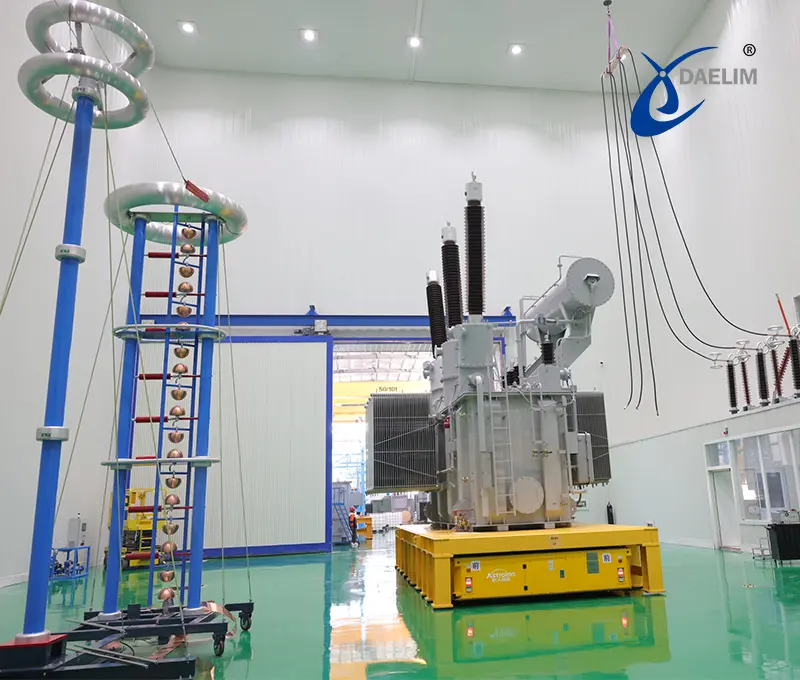
Transformer technology is fast evolving, but several further challenges exist toward a smarter and greener grid. Some key hurdles are stringent efficiency and environmental standards, escalation of production costs, and disruption in the supply chain for core materials.
On the technical front, integrating transformers into modern energy systems has added more complexities. Yet, with ongoing investments in R&D like those from Daelim Transformer, good prospects are ahead for the smarter and greener transformer.
Conclusion
As the energy sector is focusing on making sure to switch towards sustainability and digital transformation, transformer technologies must also evolve alongside that. From smart sensors to green materials, right through to solid-state innovations, the future of transformers is not only bright; it is mandatory.
For any modern energy-efficient transformer technology, Daelim Transformer stands ready to cooperate with you on your next project. Find out how Daelim Transformer empowers your next project with smarter, greener, and accelerated solutions.
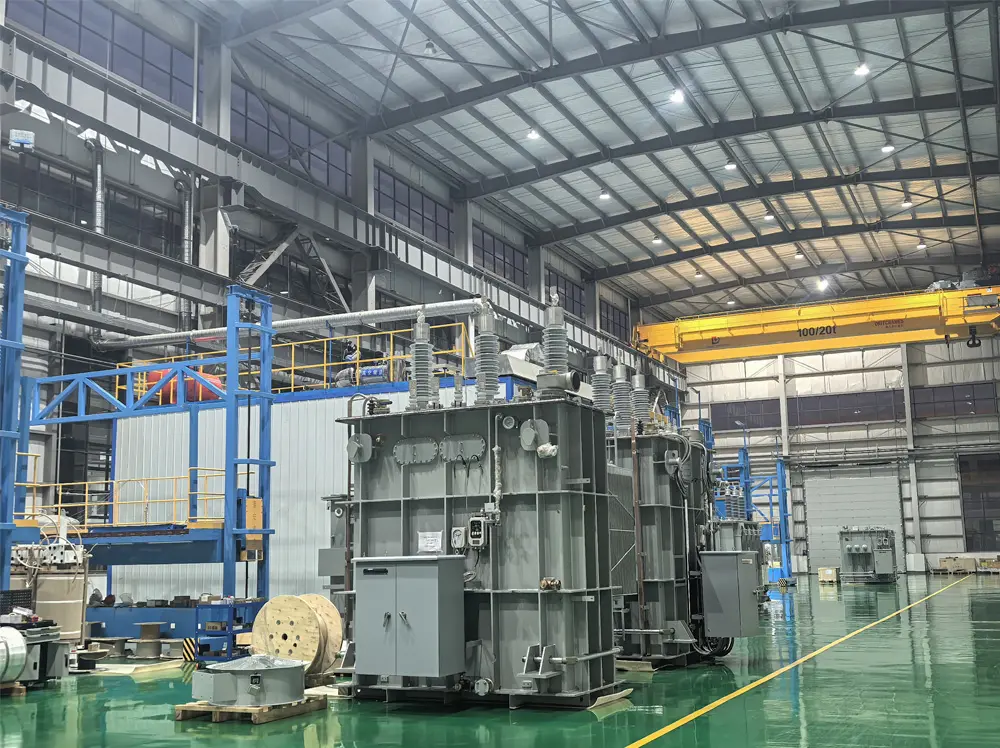
Related Products
Related Article
Comparing Amorphous Core and Silicon Steel Core Transformers
Amorphous and silicon steel cores are key transformer materials. Amorphous cores offer lower core losses, higher efficiency, and are ideal for energy-efficient, eco-friendly applications, but are costly and fragile. Silicon steel cores are cheaper, durable, and suitable for high-power, mass applications, though with higher losses. Choice depends on efficiency needs versus cost considerations.
Guide to Common Industrial Transformer Voltages
Selecting the right industrial transformer voltage is crucial for equipment efficiency, safety, and energy loss reduction. Voltage must match machinery needs, regulatory standards, and allow for future expansion. Transformers are categorized into low, medium, and high voltage types based on application requirements in manufacturing, services, data centers, and power distribution systems.
Transformer PCBs: Understanding Their Role, Risks, and Modern Alternatives
This article explores transformer PCBs (Polychlorinated Biphenyls), once widely used for their superior chemical properties. It explains their benefits, toxicity, and the environmental concerns that led to strict regulations and a shift toward safer, sustainable alternatives in the transformer industry. Readers will understand why PCB transformer oil is now largely phased out.
Voltage Regulation of Transformer
This article explains transformer voltage regulation, which ensures stable electricity delivery by minimizing voltage fluctuations. Proper regulation improves power quality, reduces energy losses, protects sensitive devices, and enhances the reliability and efficiency of the electricity distribution and consumption system.
Zig Zag Grounding Transformer
Transformer grounding is vital for safety and reliability in power distribution. It ensures stable voltage, prevents equipment failure, and safely directs fault currents. Various grounding methods exist, including solid and resistor grounding. Among them, the zig-zag grounding transformer stands out as an efficient and reliable solution for diverse electrical applications.
Difference Between Surge Protector and Lightning Arrester in Transformers
Transformers are vital in power systems but vulnerable to voltage surges from switching or lightning. Surge protectors and lightning arresters safeguard them. Though often confused, surge protectors handle internal transients, while lightning arresters defend against external lightning-induced overvoltages, each serving distinct protective roles to prevent damage to transformer components.

